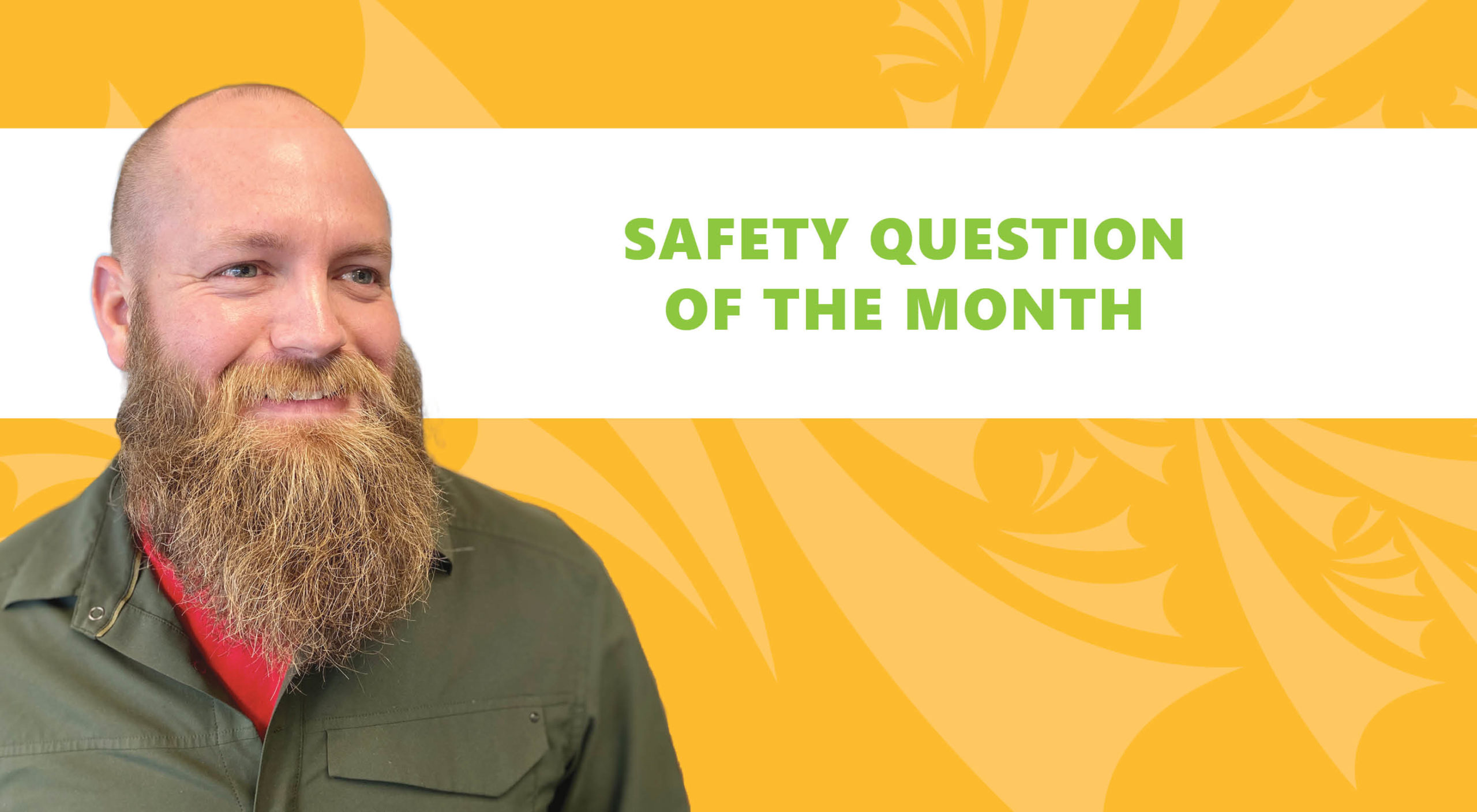Safety Q&A: Is There a Need for Tourniquets in the Workplace?
May 5, 2021
Equipping your team with the proper tools is important for all the tasks we ask them to do. It should be no different with safety equipment, including tourniquets.
Equipping your team with the proper tools is important for all the tasks we ask them to do. It should be no different with safety equipment, including tourniquets.

Construction, manufacturing and office work have varying hazards. Tourniquets may not be something you’ve thought of as an important part of your safety equipment. Yet should there be arterial bleeding from an injury, unconsciousness can occur within 30 seconds and death within two minutes. Such injuries are thankfully rare, but it does happen, as a client of ours recently experienced.
Last year, a client had an employee’s arm severed above the elbow. Employees improvised a tourniquet using a belt. It helped, but more was needed. When an officer arrived on the scene, they applied a manufactured tourniquet. The surgeons credited it for saving the employee’s life.
Factories and construction sites have large machinery with pinch points and areas employees could become caught in. Hand tools such as saws, grinders, and chain saws can quickly cause significant injuries. Think about your facility and work environment – What elements pose such danger to your team?
It is not only machine and equipment posing a threat. All businesses must also contend with the unfortunate threat of an active shooter entering their premises or sites and causing harm.
Still need convincing a tourniquet is important? Think of it as a safety net similar to the AED you have on-site. You hope you never have to use it, but you have one on hand should an emergency happen. According to the Bureau of Labor Statistics, there were over 235,740 injuries in 2018 caused by contact with objects and equipment that were so severe, it resulted in time away from work. Your AED is expensive, yet a quality tourniquet is only $20.
Once you have a tourniquet on-site, it’s time for employee training. Your team should know when and how to use a tourniquet to help an injured colleague until the emergency medical team arrives.
Training your employees should be part of your first aid program. Trauma care provides additional skills so your team is prepared if there is a severe life-threatening injury.
Equipping your employees with the proper tools is important for all the tasks we ask them to do. It should be no different for safety equipment. Jobsites, offices and factories can all benefit from providing tourniquets. One of the Miller Group clients has even purchased tourniquets for the field teams to be placed in their vehicles.
Tourniquets are available through a variety of vendors. Make sure to purchase from reputable companies that use quality materials and tests them for effectiveness. While there are cheaper options that save a few dollars, they have been found to break while in use.
Taking the initiative will be imperative if/when an employee has an arterial bleed.